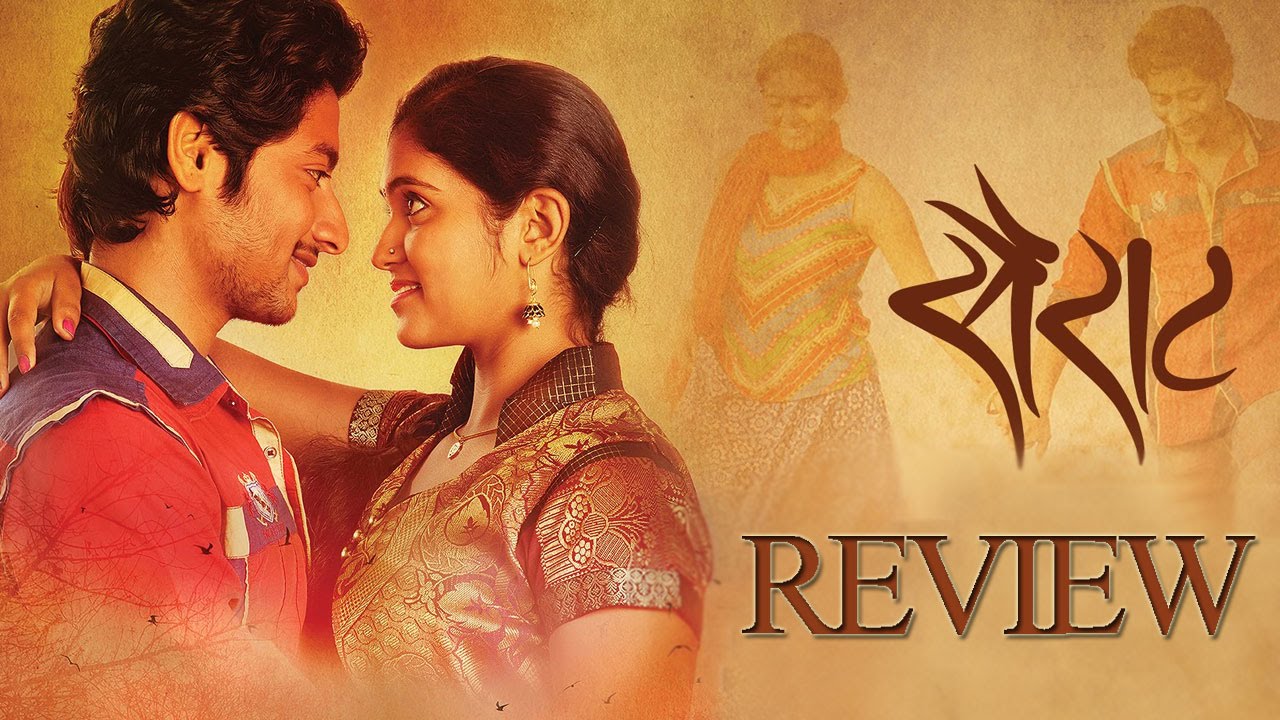History of Casteism in India
- August 14, 2021
- Culture and Entertainment
Caste system in India is complex social stratification, confusing even Indians and especially millennials. While we aver that caste is just a relic of the past, the fact remains that caste rules much of our norms for socialisation and marriages as well as opportunities in education and work place.
The History
Caste rules that divide people into rigid hierarchical groups on the basis of their work is more than 3,000 years old. Manusmriti explains and justifies the caste system in India.
The caste system divides Hindus into four main categories – Brahmins, Kshatriyas, Vaishyas and the Shudras. Many believe that the groups originated from Brahma, the Hindu God of creation.
Bringing casteism back to our consciousness
While we push for equality in terms opportunities and resources, the roadblocks are often the archaic caste system and the strict adherence to the rules laid down centuries ago.
We share here a few books and movies that explain casteism in India along with the ground realities.
Read
Annihilation of Caste by Dr. B.R. Ambedkar
Written in 1936, this book is political writing as well as incisive when it comes to understanding caste system and it’s ramifications for the ‘lower castes’ – a large section of society.
Untouchable by Mulk Raj Anand
Published in 1935, Untouchable is written from the point of view a Dalit manual scavenger Bakha. It has remained a classic over the years and often picked up as an introduction to the rampant exploitation of those belonging to lower castes.
A Fine Balance by Rohington Mistry
In this fiction published in 1996, there is dalit representation in one of the main characters. If you are beginning to read about caste and how it affects realities, you could start with this.
Dalit voices in literature in recent times
There is a significant body of Dalit literature in the regional languages. The voice began from Marathi literature in the seventies and as of now, you can read about first jand accounts in Hindi, Tamil, Telugu, Kannada and other languages.
Poisoned Bread: Translations from modern Marathi Dalit Literature
An anthology published in 1992, the fictional,
non-fictional and poetic pieces represent the voices and experience of Dalits.
The Weave of My Life: A Dalit Woman’s Memoirs by Urmila Pawar
In this memoir, caste intersects with women’s rights issues. The book touches upon the agency and resilience of Dalit women amidst social degradation.
Watch
Sairaat
On the face of it, the movie is a rich girl-poor boy love story but one that puts the focus on the oppressed strata of society. It is a popular and much-talked about regional cinema (Marathi) in recent times.
Ankur
Shyam Benegal’s searing woman centric narrative of caste affecting people’s lives was released in 1974. It was a debut for both the actor Shabana Azmi and the Shyam Benegal in focussing on social evils of society.
Understanding social issues through the lens of popular media, there is a scope of greater understanding and more open discourse.
Header image credits: https://www.youtube.com/watch?v=XPr_svzABZg
- Five Types of Non-fiction that Even Fiction Lovers Will Enjoy!
- Do Likes Really Matter on TikTok? 7 Essential Factors You Should Know
- Blogchatter Turns 9: Paresh’s logo stole the show!
- How Sunita Williams keeps defying gravity, not just in space
- Skyrocket your work productivity with these interesting music hacks






